THE HISTORY OF HERRICK LABS
A history of partnerships
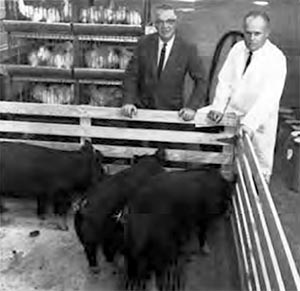 Herrick Labs has always combined the best of industry with the best of academia. This partnership began in the 1950s, when Purdue mechanical engineering professor William Fontaine imagined a thesis-oriented lab funded by industry, where graduate students would work on real-world industry projects. He found a willing collaborator in Raymond W. Herrick, a pioneer in the air-conditioning industry and founder of Tecumseh Products. Herrick supplied the money for Purdue students to tackle the industry issues of heating, ventilation, air-conditioning, and refrigeration. Now Fontaine needed a building.
Herrick Labs has always combined the best of industry with the best of academia. This partnership began in the 1950s, when Purdue mechanical engineering professor William Fontaine imagined a thesis-oriented lab funded by industry, where graduate students would work on real-world industry projects. He found a willing collaborator in Raymond W. Herrick, a pioneer in the air-conditioning industry and founder of Tecumseh Products. Herrick supplied the money for Purdue students to tackle the industry issues of heating, ventilation, air-conditioning, and refrigeration. Now Fontaine needed a building.
Equestrian comforts
The most readily available space was a 1920s-era horse barn on the south end of campus. In another unique partnership, Purdue's School of Agriculture and School of Mechanical Engineering formed an interdisciplinary arrangement to research the effect of climate on livestock and agricultural production. In 1958, Herrick Labs officially opened, with Fontaine as the director. They soon found that introducing chicken coops to sensitive HVAC test equipment was, as they say, not all it's cracked up to be. Herrick soon took over the entire facility, and the research focus shifted more to human comforts and high performance equipment.
International prominence
 Thanks to support from Raymond Herrick and the Herrick Foundation, Purdue's Herrick Labs became a premier research facility in the fields of refrigeration and air-conditioning. Research into compressors and vibration led Herrick to delve further into acoustics, noise, and vibration, and soon the former horse barn boasted anechoic chambers and sensitive sound equipment. From buildings and equipment, researchers began exploring noise and vibration issues of cars, airplanes, road materials, and other transportation issues. Through it all, Herrick has maintained its equal ties to the academic universe and the real-world needs of industry.
Thanks to support from Raymond Herrick and the Herrick Foundation, Purdue's Herrick Labs became a premier research facility in the fields of refrigeration and air-conditioning. Research into compressors and vibration led Herrick to delve further into acoustics, noise, and vibration, and soon the former horse barn boasted anechoic chambers and sensitive sound equipment. From buildings and equipment, researchers began exploring noise and vibration issues of cars, airplanes, road materials, and other transportation issues. Through it all, Herrick has maintained its equal ties to the academic universe and the real-world needs of industry.
High-performance buildings
In the 21st century, technology has made quantum leaps forward -- and Herrick is dedicated to keeping high-performance building science on that cutting edge. In 2013, Purdue constructed a $30 million state-of-the-art building for Herrick Laboratories, bringing its total space up to 83,000 square feet. The LEED-Gold certified building is also itself a Living Laboratory, with more than 1,000 sensors precisely monitoring every aspect of its heating, ventilation, air-conditioning, and utility usage. Building on its expertise in refrigeration, Herrick now studies all aspects of human-building interactions -- from indoor air quality to small-scale vibration and noise studies. Transportation also continues to be a focus, as Herrick hosts state-of-the-art engine test cells.

Herrick's original commitment to partnering with industry remains as strong as ever. Since 1972, Herrick has hosted international conferences in noise control, compressor engineering, and sustainable buildings. In 2015, they founded the Center for High Performance Buildings, which brings together the top minds in industry and academia to develop, demonstrate, evaluate, and deploy new technologies for high-performance buildings.
Herrick Directors: Past and Present
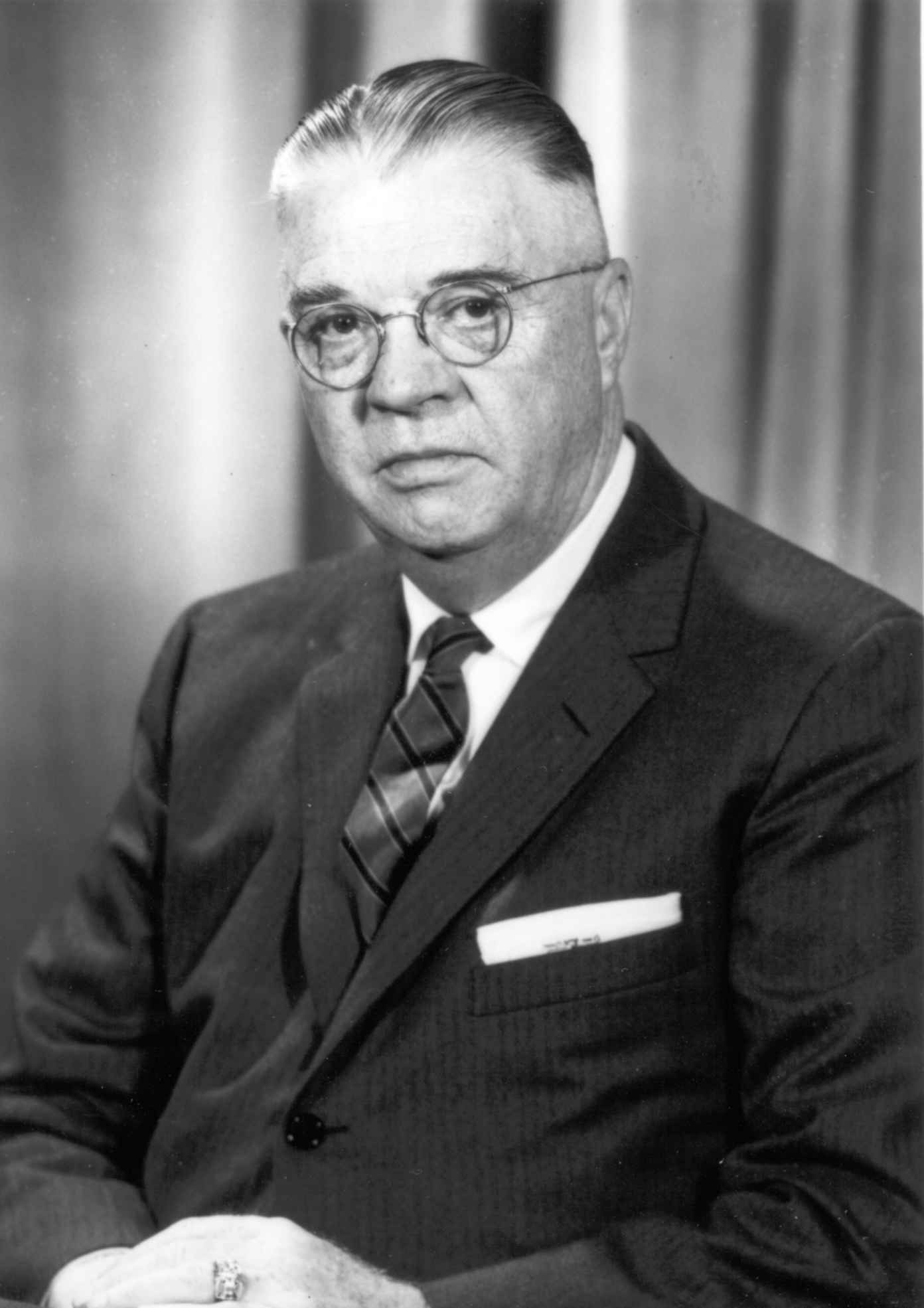 |
1957 - 1972
William E. "Bill" Fontaine was the founder and first director of the Ray W. Herrick Laboratories. He was a Professor of Mechanical Engineering, rising to the rank of a Distinguished Professor. He led the Laboratories with the concept of meeting the research needs of industry with graduate student thesis research that persists to this date. His research and teaching interests were mainly in the thermal science area. Read an oral history of Herrick Labs from William Fontaine.
|
 |
1972 - 1993Raymond "Ray" Cohen provided leadership and years of dedication to the Laboratories during its period of expansion. His teaching and research interests were primarily in the mechanical systems area, specializing in computer simulation of positive displacement compressors. As a Professor of Mechanical Engineering, he retired with the title of The Herrick Professor Emeritus of Engineering. Watch an oral history with Ray Cohen. |
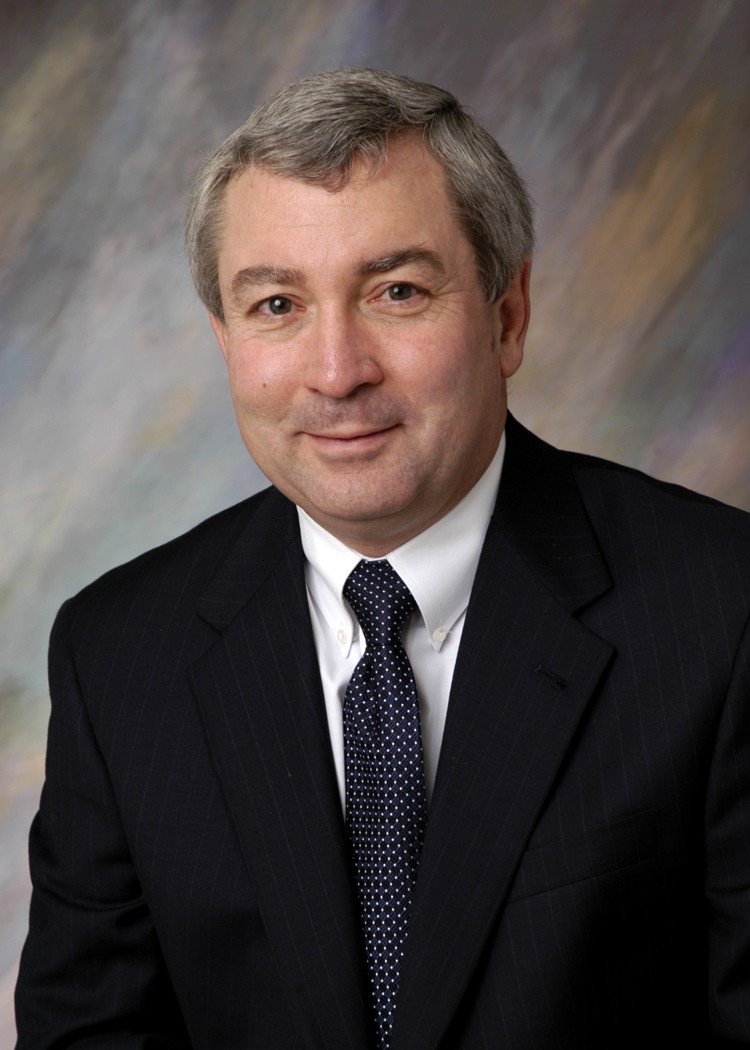 |
1993 - 2005
As Director, Robert J. "Bob" Bernhard was responsible for bringing interdisciplinary transportation related centers to the Laboratories, including the Safe, Quiet and Durable Highway Center. His research at the Laboratories is in the area of noise and vibration control, with an emphasis on transportation noise and numerical acoustics. He served as Purdue's Associate Vice President for Research for Centers and Institutes until August 2007, when he became Vice President for Research at the University of Notre Dame.
|
 |
2005 - 2019
Patricia Davies joined the Ray W. Herrick Laboratories in 1987 after completing her Ph.D.at the Institute of Sound and Vibration Research, University of Southampton, UK. Her research is in the development and application of signal processing and model building techniques for acoustical and vibratory systems. Together with other faculty at Purdue, she started the Perception-Based Engineering group, a collaboration between psychologists and engineers.
|
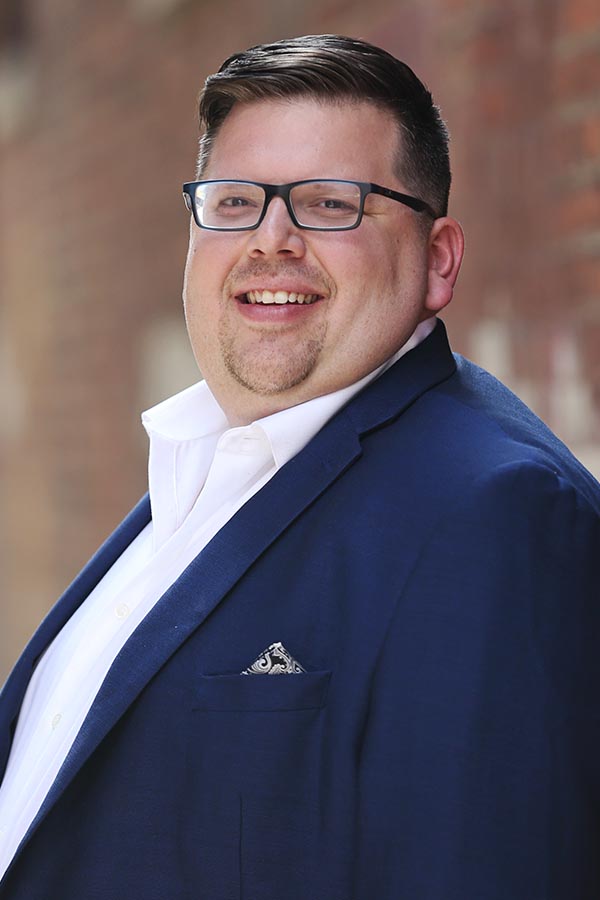 |
2019 - 2022
Jeffrey Rhoads joined Purdue in 2007, and became Herrick Labs Director in 2019. He studies dynamics, vibration, and microelectromechanical systems. He is also heavily involved in reforming education, establishing the Mechanical Engineering Education Research Center (MEERCat).
|
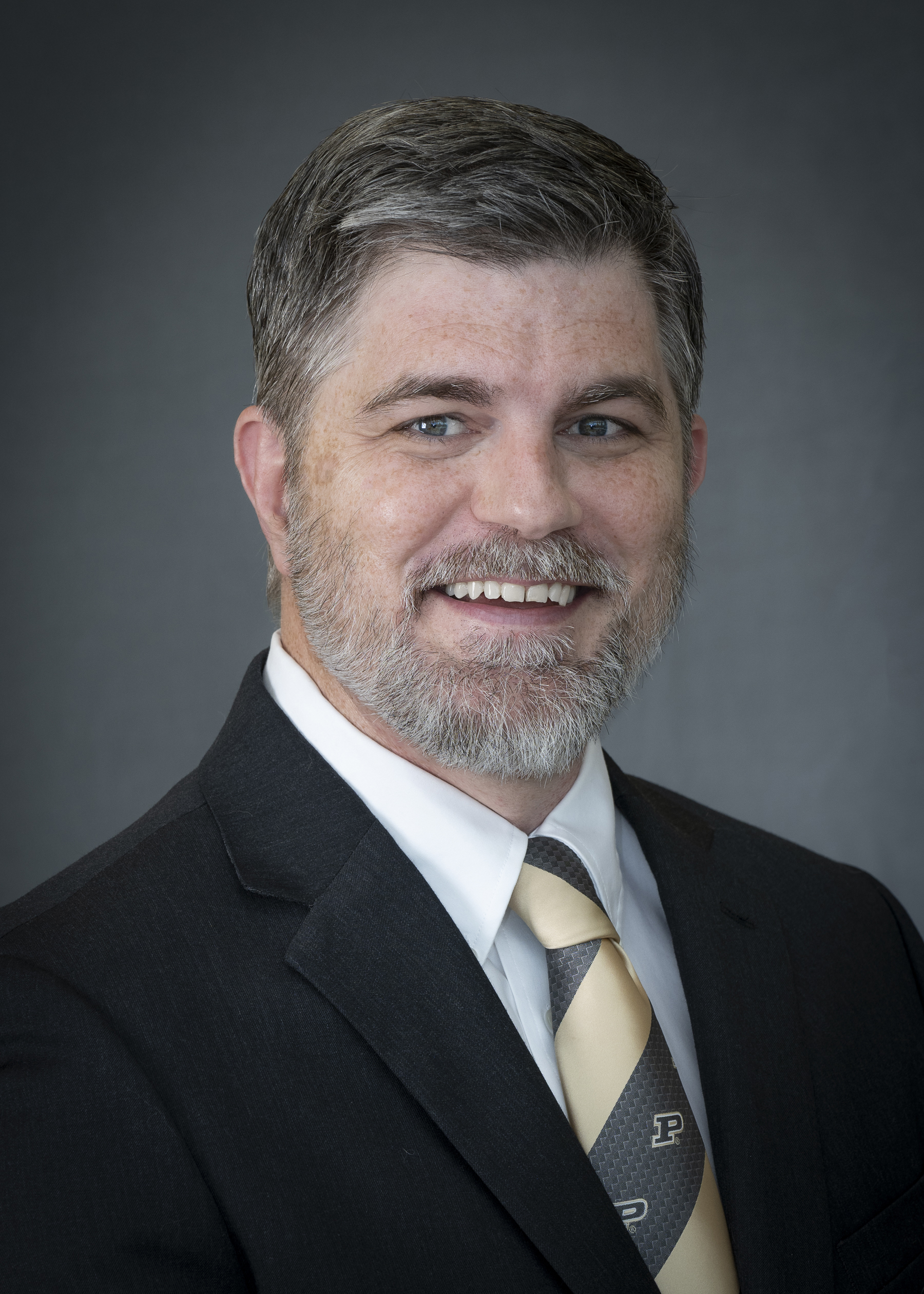 |
2022 - Current
Gregory M. Shaver got his BSME from Purdue in 2000, and first joined the Purdue faculty in 2006. His work focuses on vehicle powertrains, specifically onincreasing fuel efficiency by using flexible valve actuation in diesel and natural gas engines. He has also worked on connected and automated commercial vehicles.
|
Herrick Labs • 177 S. Russell St., West Lafayette, IN 47907-2099 • (765) 494-2132 • hlab@purdue.edu

